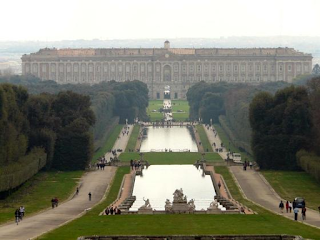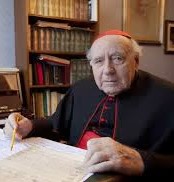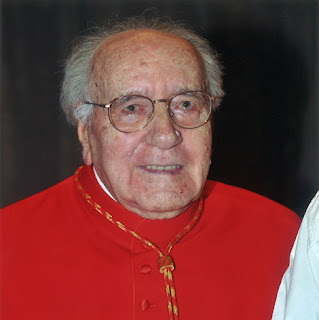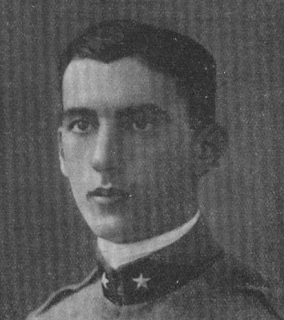Giro winner died in World War One
 |
| Carlo Oriani won the 1913 Giro d'Italia cycle race despite not winning a stage |
The battle was a disastrous one for the Italian forces under the command of General Luigi Cadorna, with 13,000 soldiers killed, 30,000 wounded and 250,000 captured by the victorious army of Austria-Hungary. Countless other Italian troops fled as it became clear that defeat was inevitable.
Oriani, who had previously served his country in the Italo-Turkish War in 1912, was a member of the Bersaglieri, the highly mobile elite force traditionally used by the Italian army as a rapid response unit. He had joined the corps in part because of his skill on a bicycle, which had replaced horses as one of the means by which the Bersaglieri were able to get around quickly.
The Battle of Caporetto took place from October 24 to November 19, near the town of Kobarid on the Austro-Italian front, in what is now Slovenia.
Oriani survived the battle but it was during the retreat that Italian soldiers had to cross the Tagliamento, which links the Alps and the Adriatic and in the winter months is a fast-flowing river, with enemy forces in pursuit.
 |
| An Italian unit take up their positions in a trench during the month-long Battle of Caporetto in the First World War |
Either way, Oriani was himself almost swept away by the strong currents but eventually reached the western bank. But the consequence of having to remain in a wet uniform in bitter winter temperatures was that Oriani developed a fever.
When he was at last taken into the care of a hospital he was diagnosed with pneumonia. Doctors treated him as best they could but by early December it was clear that he would not recover. His wife was contacted and she arrived at his bedside shortly before he died.
Oriani was born in 1888 in what is now the town of Cinisello-Balsamo on the outskirts of Milan. He left school early and found work as a stonemason in nearby Sesto San Giovanni, a growing industrial town. He used to split his time between work and his passion for cycling.
 |
| The Maino squad for the 1913 Giro d'Italia. Carlo Oriani is second from the left |
After his service in the Italo-Turkish war, he entered the 1913 Giro d’Italia, this time for the Maino team. Oriani’s chances were improved when one of the pre-race favourites, Carlo Galetti, had to retire with a broken foot. Oriani did not claim a single stage win but his consistent point scoring meant that he took over the leadership of the race after the penultimate eighth stage.
The final stage to Milan was won by previous race leader Eberardo Paversi but by finishing second Oriani won the Giro by six points. This made him the first winner of a Grand Tour event to be crowned the champion without winning a stage. A crowd estimated at 100,000 turned out at Parco Trotter in Milan to witness his triumph.
After his death, Oriani’s body was laid to rest at the military cemetery in Caserta, north of Naples, which now contains the graves of more than 750 military personnel.
 |
| The church of Sant'Ambrogio, on Piazza Gramsci, is one of the main sights of the town of Cinisello-Balsamo |
Cinisello-Balsamo, where Oriani was born, falls within the Milan metropolitan area, between Sesto San Giovanni and Monza, about 10km (6 miles) northwest of the city centre. It is a pleasant town of which the Piazza Gramsci is the central square, overlooked by the 17th century church of Sant'Ambrogio. Cinisello's Villa Ghirlanda Silva Cipelletti has one of the oldest landscaped gardens in Italy. It now houses the Museum of Contemporary Photography.
 |
| The 1200-room Reggia di Caserta - the Royal Palace - seen from the Grande Cascata waterfall in its magnificent gardens |
Caserta’s is best known for its former Royal Palace - the Reggia di Caserta - which is one of the largest palaces in Europe, built to rival the palace of Versailles outside Paris, which was the principal residence of the French royal family until the French Revolution of 1789. Constructed for the Bourbon kings of Naples, it was the largest palace and one of the largest buildings erected in Europe during the 18th century and has been described as "the swan song of the spectacular art of the Baroque”.
Also on this day:
1596: The birth of violin maker Nicolò Amati
1911: The birth of film music composer Nino Rota
1937: The birth of actress Angela Luce
1947: The birth of controversial politician Mario Borghezio
Home





